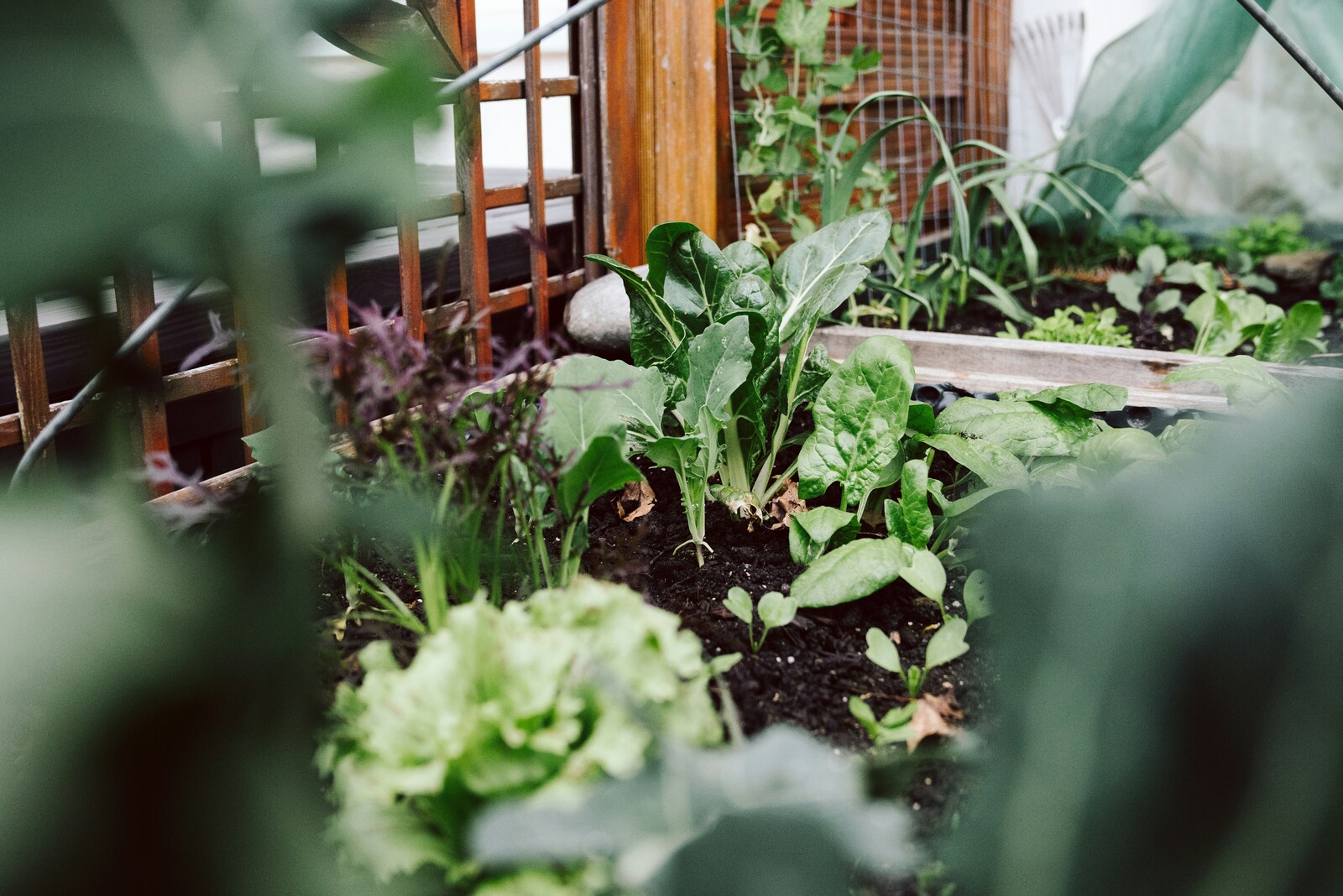How to Start a Raised Bed Garden from Scratch

How to Start a Raised Bed Garden from Scratch
Dreaming of fresh vegetables, herbs, and flowers just steps from your kitchen? A raised bed garden is one of the easiest ways to start a manageable and productive garden—especially if you're working with poor soil, limited space, or just want to avoid constant bending and weeding.
Whether you're a first-time gardener or a seasoned green thumb ready to elevate your setup, here's how to start a raised bed garden from scratch.
1. Pick the Perfect Location
Raised beds should be placed in a spot that gets at least 6–8 hours of sunlight per day—essential for growing vegetables like tomatoes, peppers, and cucumbers.
- Choose a flat area with good drainage.
- Avoid placing it too close to trees or shrubs, which can steal nutrients and sunlight.
Tip: Use a compass or smartphone app to track sun exposure throughout the day before deciding.
2. Decide on the Bed Size
For beginners, a good size to start with is 4 feet wide by 8 feet long, and 10 to 12 inches deep. This allows for easy access from all sides without stepping on the soil.
- 4 feet wide ensures you can reach the center from either side.
- Depth depends on what you plan to grow (most veggies need 10–12 inches).
3. Choose Your Materials
Raised beds can be made from a variety of materials, depending on your budget and aesthetic preference.
- Wood: Cedar or redwood are rot-resistant and long-lasting.
- Composite boards: Durable and eco-friendly.
- Bricks or cinder blocks: Good for a more permanent structure.
Avoid treated wood that may contain harmful chemicals if you're growing edibles.
4. Build the Frame
Assemble your frame on-site using screws or corner brackets for stability.
- Level the ground before placing the frame.
- Optional: Line the bottom with cardboard or landscape fabric to suppress weeds.
Pro Tip: If you're placing your raised bed over grass, cut it as short as possible and place cardboard directly on top—it will smother the grass and decompose over time.
5. Fill with the Right Soil Mix
A good raised bed soil mix includes:
- 60% topsoil
- 30% compost
- 10% perlite or coarse sand for drainage
You can also buy pre-mixed raised bed soil at garden centers, but making your own is usually more cost-effective.
Mix in slow-release organic fertilizer for a great head start.
6. Plan Your Plants
Choose plants based on your sun exposure, season, and available space. Raised beds are perfect for:
- Vegetables: Lettuce, carrots, tomatoes, beans
- Herbs: Basil, parsley, thyme, rosemary
- Flowers: Marigolds, zinnias, nasturtiums (which also deter pests)
Use companion planting to maximize space and minimize pests.
7. Water and Mulch
Raised beds tend to dry out faster than in-ground beds, so regular watering is essential—especially during hot weather.
- Install a soaker hose or drip irrigation for convenience.
- Top with mulch to retain moisture and reduce weeds.
Final Thoughts
Starting a raised bed garden from scratch is one of the most rewarding weekend projects you can tackle. Not only does it offer greater control over soil and drainage, but it also makes gardening more accessible and enjoyable—especially for middle-aged homeowners looking to keep things comfortable and productive.
Once it's set up, your raised bed can become a thriving hub for seasonal vegetables, fresh herbs, and colorful flowers year after year. So grab your gloves and get growing—your dream garden is only a few boards and shovels away.
Disclaimer:
The information provided in this article is for informational and educational purposes only and does not constitute professional gardening, home improvement, or landscaping advice. The content is based on sources believed to be reliable, but the author and publisher make no representations or warranties as to its accuracy, completeness, or timeliness.
The author is not a licensed professional contractor, landscaper, or horticulturist. You should consult with qualified professionals (such as a certified landscaper, professional contractor, or master gardener) who can assess your individual situation before undertaking any significant home or garden projects.
Home and garden improvements involve inherent risks, including potential damage to property, plants, or personal injury. Results may vary based on your specific conditions, climate, and execution. Any examples or discussions of specific techniques, products, or strategies are for illustrative purposes only and are not endorsements or recommendations.
Local regulations, climate conditions, and best practices change frequently, and the information in this article may become outdated. We are not obligated to update any information herein. Your specific situation is unique, and any decisions you make should be based on your own research, due diligence, and consultation with professionals. Reliance on any information provided in this article is solely at your own risk.
Stay Ahead with Our Newsletter
Get exclusive home and garden tips, seasonal advice, and DIY project ideas delivered directly to your inbox.